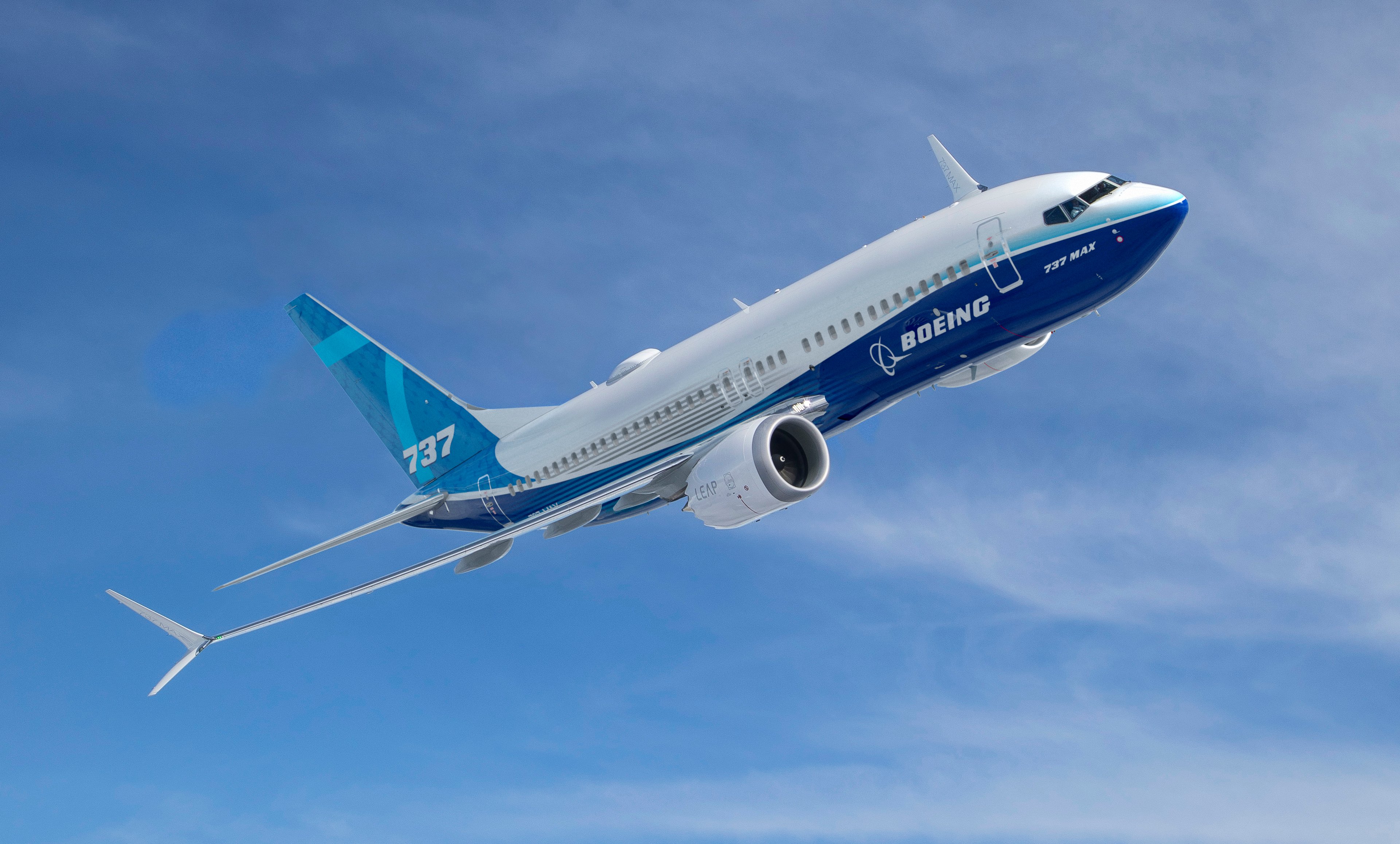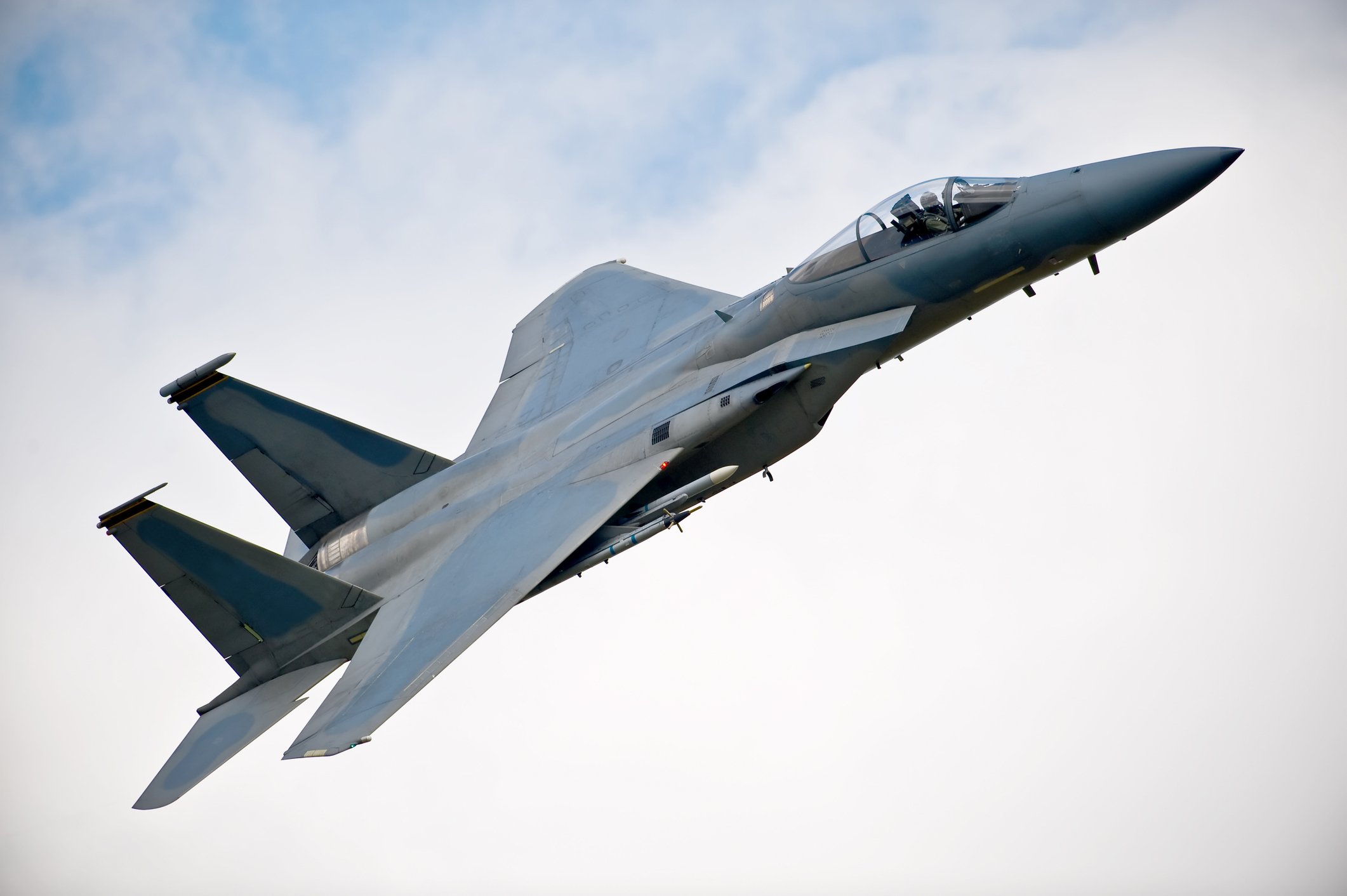As the biggest aerospace and defense company in the world, obviously The Boeing Company (BA 1.73%) sells a lot of airplanes. But did you know that Boeing doesn't sell just airplanes? Did you know, for example, that it sells helicopters, too?
Attack helicopters? Including one of the top 10 most popular combat helicopters in the world?
The AH-64E Apache. Image source: Boeing.
It's true. According to Flightglobal Insight's report on World Air Forces 2015, Boeing's Apache attack helicopter is the fourth-best-selling combat helicopter on the planet. Roughly 1 out of every 16 military helicopters in service around the world today is an Apache -- 1,083 warbirds in all.
Wait.
Hold on one second.
Make that 1,133.
Boeing's secret weapon
Late last month, the U.S. Defense Security Cooperation Agency notified Congress of a request from the government of the United Kingdom to purchase 50 "remanufactured" AH-64E Apache Guardian attack helicopters for its military.
The Guardian, which is only now being rolled out to the U.S. military as well, is Boeing's most advanced version of the Apache, featuring:
- improved digital connectivity
- more powerful General Electric T700-GE-701D engines
- upgraded composite rotor blades
- an updated Longbow radar designed specifically to improve performance in naval surface warfare.

In Britain, Apaches serve as an integral part of naval aviation. Here, they're seen taking off from HMS Ocean (L12), the current flagship of Britain's Royal Navy. Image source: Guy Pool for the Royal Navy.
In a nod to the times we live in, Boeing has also added the ability for any Apache Guardian to command and control unmanned aerial vehicles subordinated to it. The U.K., which has been something of a laggard in UAV tech, hasn't said whether it will be taking advantage of the Guardian's ability to act as a mobile drone command center. But DSCA does note that the Royal Navy will be using these helos "to conduct various missions, including counter-terrorism and counter-piracy operations."
And Britain will be getting all of these capabilities for the low, low price of just... $3 billion.
Who profits?
Even for a first-world nation like Great Britain, $3 billion is a lot of shillings to spend on a few dozen helicopters. That price tag, which DSCA says will include some logistical support and training, as well as spare parts, works out to $60 million per whirlybird -- significantly more than the usual $35.5 million flyaway cost for an Apache, quoted by the military tech experts at BGA-Aeroweb.
And with so much money coming in from this sale, it looks like the Pentagon will be able to spread it around pretty widely. According to DSCA, "prime contractors" working on this sale will include not just Boeing, the Apache's maker. GE (which makes the engines), Lockheed Martin, and Northrop Grumman (NOC +3.05%) will all contribute as well. (Working together in a joint venture, LockMart and Northrop are responsible for building the Apache's vaunted "Longbow" fire control system, which is what makes the Apache's Hellfire missiles so very lethal.)
So what can they expect to get out of the contract? Respectively, and according to data confirmed by S&P Capital IQ, these four companies earn profit margins of anywhere from:
- 9.6% (Boeing Military Aircraft) to...
- 16.5% (Northrop Electronic Systems) to...
- 16.9% (LockMart Missiles and Fire Control) to...
- nearly 21% (GE Aviation).
And from an investor's perspective, that's perhaps the most interesting part of this deal. As the Apache's "remanufacturer," Boeing is almost certain to reap the lion's share of the revenues and the gross profits from this contract. But judging from the numbers I see, even if Boeing's partners on the Apache get less revenue from the sale, they'll each be making significantly more profit from each revenue dollar they collect.
And with this sale worth a billion here, a billion there, and a third billion over there, it's going to add up to serious money for all parties involved.
Boeing Apache thermal image. Image source: Ross Elliott via Flickr.









